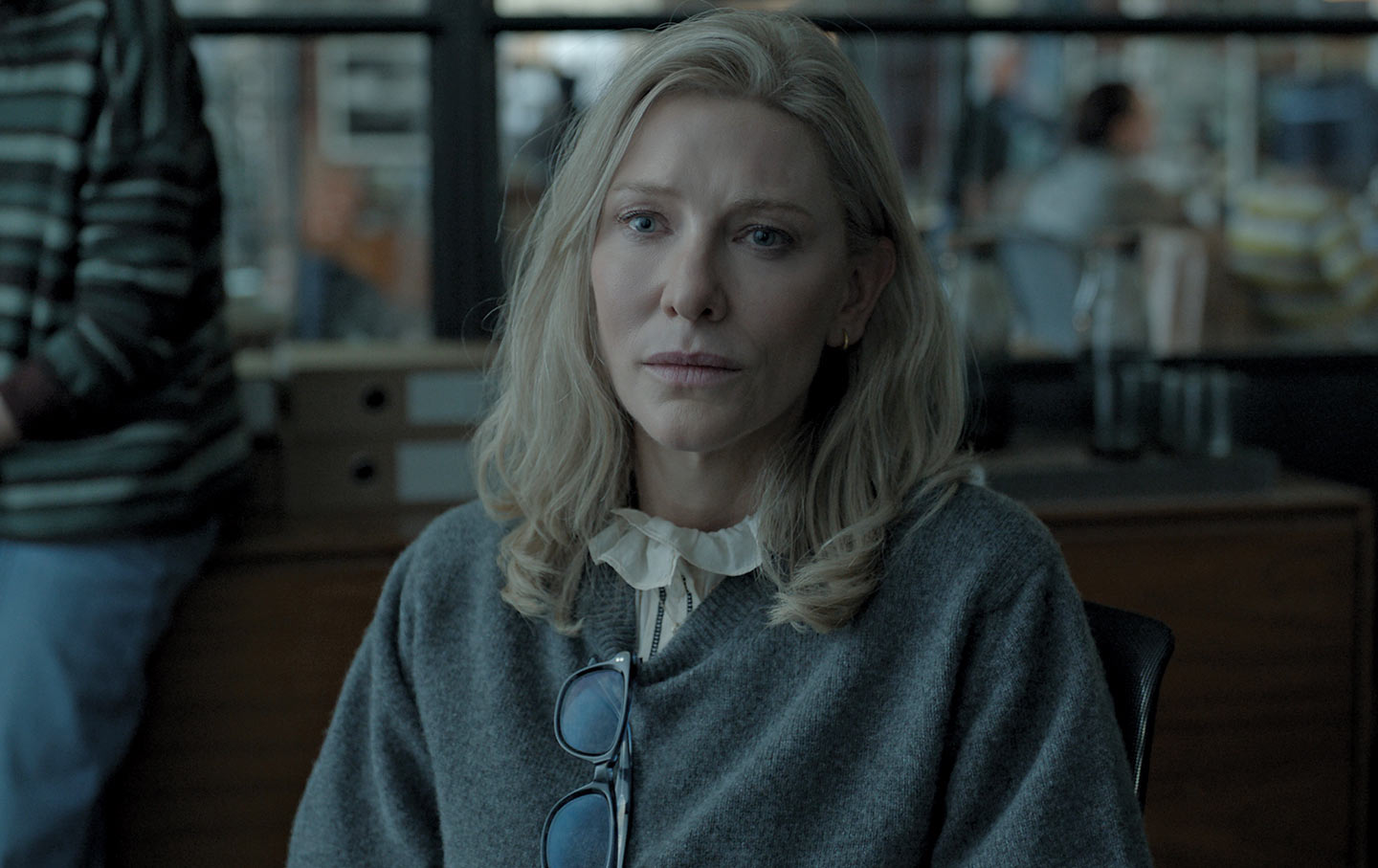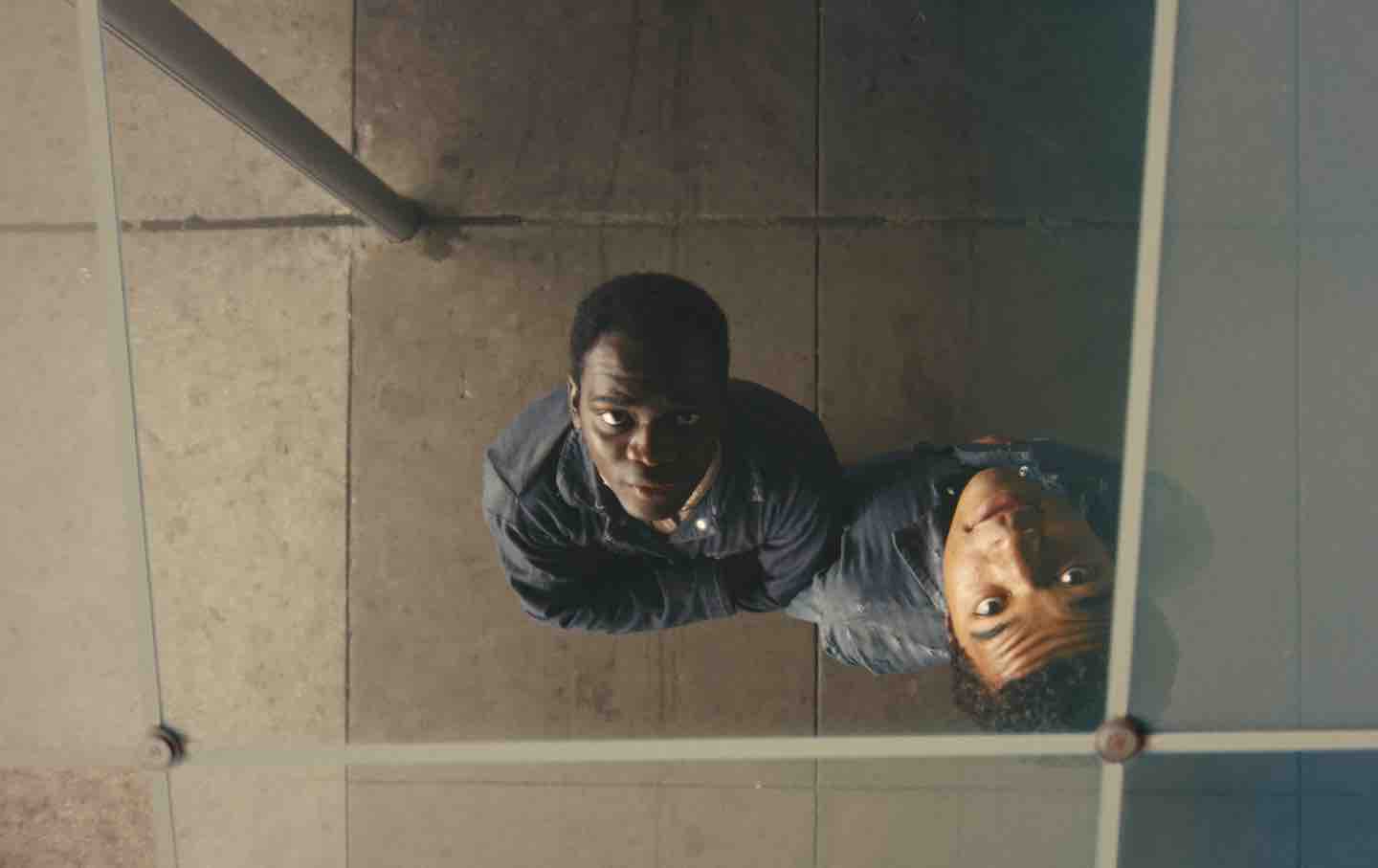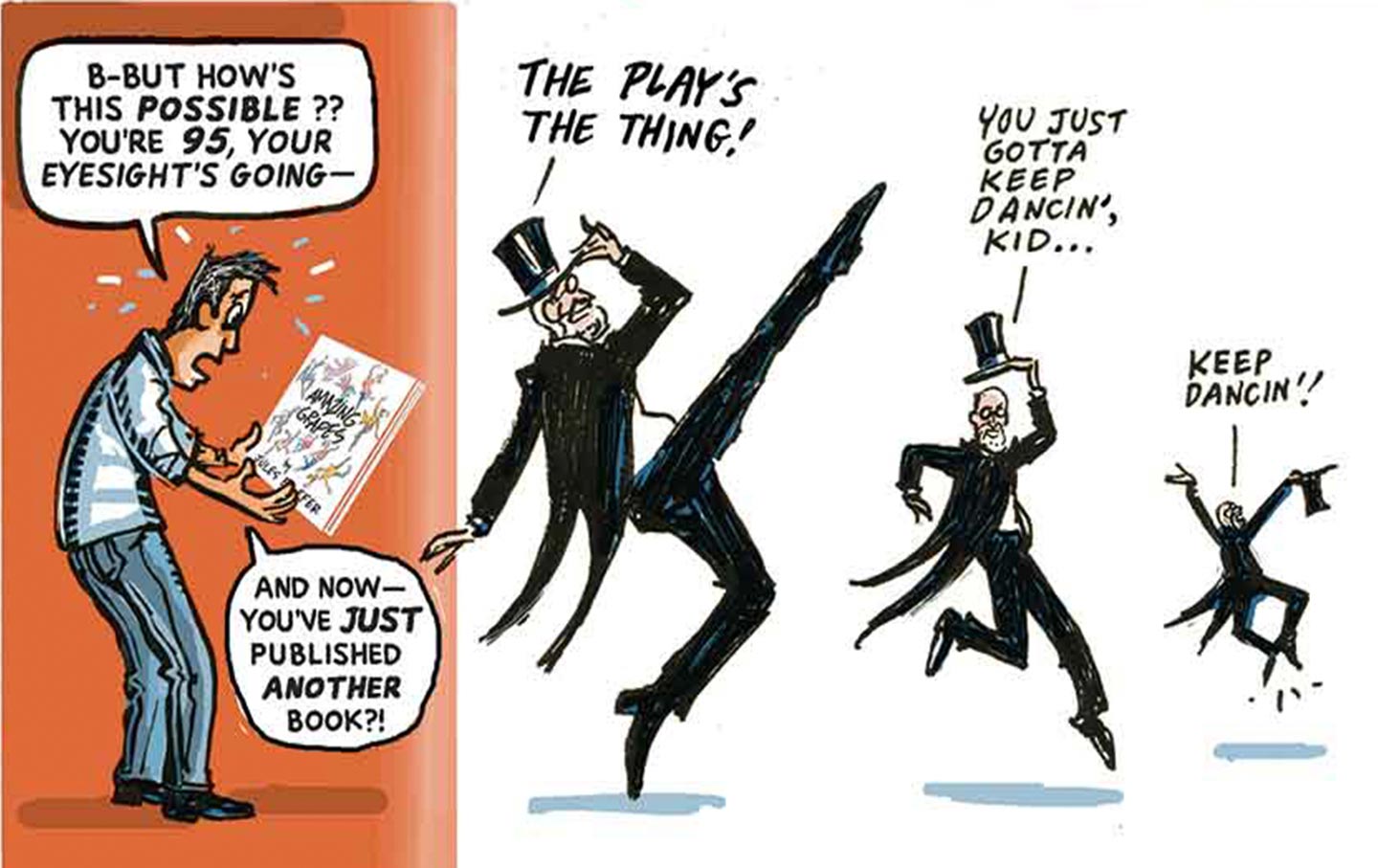Nothing Is Free
The Brutalist and the work of architecture.
The Brutalist the Hidden Work of Architecture
A film about survival, creativity, the hardships of immigration, and the hypocrisies of high art, The Brutalist offers us a story in which the architect does not exploit and manipulate others to achieve his vision of the world but is instead often the person who is being exploited.

The Brutalist, if you couldn’t guess by the title, is a film about architecture. This is a genre with an unfortunate track record, whether as films or as depictions of its subject matter. Fortunately for architecture and for moviegoers, The Brutalist is a remarkably different film, one that stands out from earlier examples like The Fountainhead and, more recently, Megalopolis, which retread hackneyed tropes about the architect as heroic visionary stuck in a world that misunderstands him.
With director and cowriter Brady Corbet’s opus, we get a very different kind of story: The architect in question is a Jewish Hungarian refugee by the name of László Tóth (played by a complex and emotive Adrien Brody), and he is very much a flesh-and-blood human being—a man who needs the help of others, whose flaws are accentuated by his pain and desperation, a person for whom architecture is an artistic practice but also, most crucially, a job. Tóth does not exploit and manipulate others in order to achieve his grandiose vision of a new world; instead, he is often the person who is being exploited. By offering this alternative tale, The Brutalist provides its audience with a window onto a side of architecture that is always lurking in the shadows: who makes it, and for whom.
Tóth’s hardships are evident from the outset: Early in The Brutalist, we learn that this Holocaust survivor is separated from his wife Erzsébet (Felicity Jones) and his niece Zsófia (Raffey Cassidy). When Tóth emigrates, via steamship, to the United States after the war, things get no better. Exposed to heroin on his journey over, he struggles with addiction for the entire film, and his arrival in the US is far from the rose-hued “coming to America” narrative we so often expect.
In one sense, he is luckier than most. After disembarking in New York City, Tóth is taken in by his cousin Attila (Alessandro Nivola), a builder of chintzy furniture who lives in Philadelphia and has converted to Catholicism in order to assimilate into American life. Once there, Tóth has another moment of luck: One day, a very wealthy man named Harry Lee (Joe Alwyn) comes into Attila’s shop, and Tóth gets a commission from Harry to redesign his father’s library as a surprise.
Trained at the Bauhaus, Tóth was once a high-profile Modernist in Hungary who designed houses and libraries; hence he chooses an ultramodern design for the project, one reminiscent of Le Corbusier’s work from the 1930s—including a sculptural lounger—and has it built in record time. While other films might pass quickly from the moment of the commission to its completion, one thing The Brutalist excels at is showing the fraught timelines and executions of architecture, including who makes it—laborers—and how much it costs. Budgets and materials are negotiated; setbacks occur; corners are cut; and the power structures that gird the real structures of building are made known.
Harry’s father is none other than the millionaire industrialist Harrison Lee Van Buren (Guy Pearce), who is not very pleased with this surprise from his son: He fires Tóth and refuses to pay him, costing Attila’s business greatly. The fragile safety net in Tóth’s new country is revealed when his cousin kicks him out and forces him into a halfway house run by Christian missionaries. To make money, Tóth shovels coal with his friend Gordon (Isaach de Bankolé). The supposed divide between the great architect and the workers who render his visions has once again been shattered, but Tóth accepts his new situation and focuses on surviving. There are several points where the film’s portrayal of architecture could easily veer into cheesiness, but Corbet steers clear of it. Still, in a bit of optimism, Tóth’s talent is finally recognized by Van Buren himself, who, upon discovering that Tóth was once a celebrated architect, apologizes for his earlier behavior and invites him to dinner. Thus begins the key relationship of the film.
Van Buren is a perfect rich-guy character: supercilious, ambitious, and well-connected, and really quite vile beneath his veneer of sophistication. He lures Tóth in, offering him a space to live and work, and commissions him to build something called the Institute—part church, part library, part gymnasium—to honor his dead mother. He also uses his connections in the State Department to bring Tóth’s wife and niece into the country. Van Buren makes Tóth totally dependent on his patronage and treats the architect as the latest jewel in his collection of wealth. He flexes his power in every possible way.
When Erzsébet, now confined to a wheelchair because of the osteoporosis she developed from starvation, arrives in the United States, Van Buren gets her a job. Erzsébet, who attended Oxford and was a foreign-affairs correspondent before the war, is reduced to writing a ladies’ column for a newspaper in New York. Meanwhile, Harry insinuates to Tóth that he wants to sleep with Zsófia, whom he later, it is heavily implied, rapes.
Tóth’s Jewishness is continually challenged by the forces pressuring him to assimilate and by Van Buren, who isolates him in the small Protestant community of Doylestown, Pennsylvania, and forces him to build a church. In the background of the movie lurks the specter of the newly founded state of Israel, where Zsófia vows to relocate after she marries. A film about the harrowing aftereffects of the Holocaust, The Brutalist could make this material feel heavy-handed, but it does the opposite: Avoiding the spectacular flashbacks so common in “trauma films,” it reveals the pain of Tóth’s experiences in subtle slivers and glimpses.
The other form of agony at the center of The Brutalist is also deftly handled. The film excels at elaborating, through personal relationships, a fundamental truth about architecture: As much as the field is about high art and design, it is also about who makes it, and for whom. Workers make architecture for rich people, and it is this relationship that often destroys the art within. Tóth, rather than being given the creative license he’s finally earned, is kept on a short leash and made to feel, time and time again, the boot of capital on his neck.
Although Corbet’s film is called The Brutalist, the architectural movement of Brutalism is only vaguely gestured at (indeed, the term is never actually uttered in the movie). The style, defined by heavy sculptural forms rendered in raw concrete (bêton brut in French), arose in Britain in the 1950s and was connected to the Art Brut movement, whose artists were responding to the trauma and brutality of the Second World War.
Tóth’s style in the film shows a clear progression from prewar International Style modernism toward this Late Modern turn. His design for the Institute is a composition of concrete masses that elide during certain times of the day to form a cross in the dark, sparse interior. Tóth isn’t based on any real-life architect in particular, though his character has traces of Marcel Breuer, both aesthetically (the furniture he builds for Attila is extremely similar) and in the fact that, after he arrives in the United States, his work is not immediately accepted by the public. The architecture of the Institute reminds me of that of the postwar German churches of Gottfried Böhm, especially with regard to the cavernous interiors and the play of light and shadow. Another clear influence is Tadao Ando’s Church of the Light, a much later work.
However you situate his style, Tóth throws himself into manifesting during the building of the Institute. He micromanages the proportions in its construction and combats all the ways in which Van Buren, a philistine capitalist, tries to undermine him via a meddling contractor, cost-cutting, and the use of an inferior architect as a middleman. In the business, we call this “value engineering,” and it’s nice to see a film portray how plenty of good buildings get less good during the course of their construction. There are labor disputes, liability lawsuits, and supply-chain issues. At one point, Tóth is fired and must go live in New York to work as a draftsman in a bigger firm. This is yet another iteration in a series of events that show that the architect—no less than the furniture builder, the coal shoveler, and the draftsman—is also a worker.
The Brutalist manages to eschew the architect-as-mad-genius trope not only by way of this continuous thread of work (and the omnipresent threat of that work not being available), but also because for Tóth, architecture is not necessarily about changing or reshaping the world. It is primarily about survival—personal and material. In fact, the film avoids stodgy dialogue about architectural aesthetics. Sure, the residents of Doylestown, which Van Buren practically owns, are not prepared for Tóth’s vision. But that doesn’t really matter, because Van Buren is financing it.
It is clear that Tóth’s overinvolvement in the process of building the Institute is a way of asserting not only his authority as an artist but, more important, his humanity in a situation in which he is constantly exploited. For the entirety of the film, we feel Tóth’s desperation and dread. The Brutalist shows us clearly not only the hypocrisies of good taste as a cover for bad behavior, but also the terrible reality of art and architecture, which is that they so often rely on people and systems that reject and even work to annihilate the very humanity that makes art possible.
The Brutalist reaches a fever pitch in a final, terrible example of Van Buren’s exploitation of Tóth. When the two are in Carrara, Italy, selecting marble for the Institute’s interior, Van Buren finds Tóth high on heroin and, seeing an opportunity, rapes him. To make matters worse, as Van Buren victimizes his employee, he reveals the true extent of his antisemitism by asking Tóth: Why must Jews like him always make such victims of themselves? This is the moment that the film begins to quickly spiral toward its conclusion. Rape works as a metaphor for all other forms of exploitation, one that completely destabilizes both its victim and his relationships with others. The rest of Van Buren’s actions are colored differently in the wake of this appalling attack. But the rape is also his undoing: After Erzsébet confronts him directly at the dinner table, Van Buren disappears. It is implied that he commits suicide somewhere in the unfinished Institute.
Van Buren’s grim ending, however, is not the conclusion of the film. That takes place at the Venice Biennale in 1980, the enshrining architectural event of Postmodernism. There, Tóth—the man whose suffering we have been watching for three and a half hours—is honored with a retrospective in which critics and journalists interpret his work in the context of the Holocaust (the proportions of the rooms at the Institute, it turns out, reflect those of the cell that Tóth was imprisoned in while at a concentration camp).
Popular
“swipe left below to view more authors”Swipe →Tóth is elderly and enfeebled by this point, unable to speak and confined to a wheelchair. He watches silently as his work is lauded and lumped into a canon. Rather than being a moment of triumph for his legacy, this banal art-historical treatment feels tremendously hollow. Canonization is the last iteration of his humanity being stripped from him, all against a pastel techno-music background, while the patrons of the art world look on and clap. I think this is a terrific ending. It shows the role that we writers, too, play in shaping art into something commodifiable and easy to understand, part of what creates the value that capitalist society relies on to say whether it is good or bad. It is the icing on top of a terrible system of production and transmission. It is, in a word, brutal.
More from The Nation

The Empty Thrills of Alfonso Cuarón’s “Disclaimer” The Empty Thrills of Alfonso Cuarón’s “Disclaimer”
Why did the great Mexican filmmaker make a soapy thriller?

The Illusory Beauty of “Nickel Boys” The Illusory Beauty of “Nickel Boys”
An avant-garde adaptation of Colson Whitehead's Pulitzer Prize–winning novel careens between questions of style and substance.

A Dance to Jules Feiffer at 95 A Dance to Jules Feiffer at 95
Cartoonist and writer Jules Feiffer is a national treasure. To mark his 95th birthday, we had some questions for the longtime Nation contributor.

What Comes After the Apocalypse? A Q&A With Joshua Oppenheimer What Comes After the Apocalypse? A Q&A With Joshua Oppenheimer
Oppenheimer’s latest film, The End, is a Golden Age, postapocalyptic musical crying out from the depths of the earth.

The Peculiar Case of Ignatius Donnelly The Peculiar Case of Ignatius Donnelly
The Minnesota politician presents a riddle for historians. He was a beloved populist but also a crackpot conspiracist. Were his politics tainted by his strange beliefs?

The Agony of Aaron Rodgers The Agony of Aaron Rodgers
Is he the world’s most interesting athlete or is he just a washed-up crackpot?


